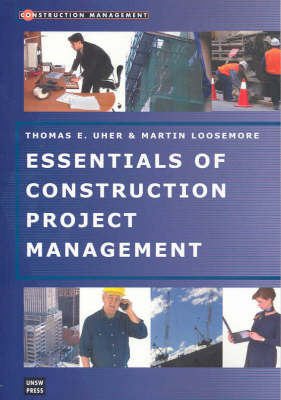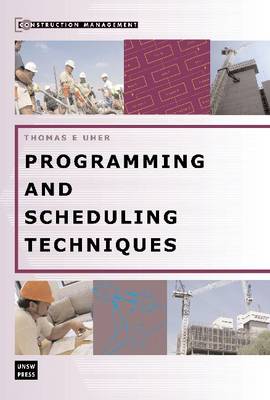CONSTRUCTION MANAGEMENT
3 total works
Essentials of Construction Project Management
by Martin Loosemore and Tom Uher
Published 1 October 2003
This book has been written as a text and reference for project management courses in both undergraduate and postgraduate building construction management courses, and quantity surveying, architecture and civil engineering programs. Its focus is on the application of important issues of project management in the construction industry.
This book is aimed at practitioners in the construction industry and tertiary students of construction management, civil engineering, building, quantity surveying and architecture. Its purpose is to inform the reader about a range of delivery methods and contracts used in the construction industry, and provide guidance in their management. This is achieved by stripping the legal mystique and mumbo jumbo from contracts and exposing the basic logic. The book is neither a legal casebook nor is intended to provide advice on solving a particular problem. It should assist the reader to find the best contracts for a particular project and having chosen them, to administer them efficiently. Although the book draws on the Australian legal cases and conditions of contract, the interpretations are largely general for application in most jurisdictions. In three parts, the book first describes what contracts are and how projects are delivered, followed by the discussion on how contracts are administered and lastly it explains how claims, defects and disputes arising from contracts are managed.
A comprehensive guide to scheduling techniques used in planning and controlling of construction projects. Brings together the most commonly used scheduling techniques in the construction industry including bar chart, critical path, multiple activity chart and line of balance. Also addresses time and resource scheduling, earned value, critical chain scheduling and probability scheduling using both Monte Carlo simulation and Pert.


